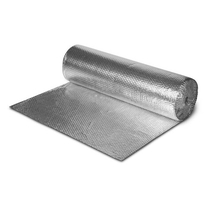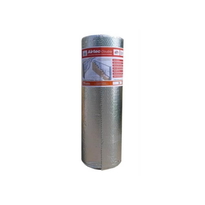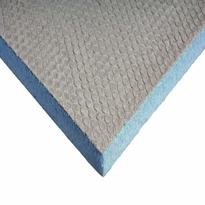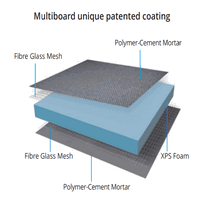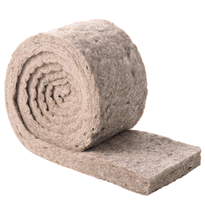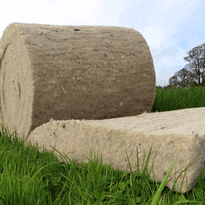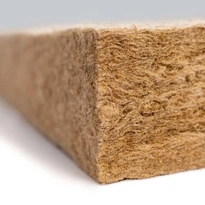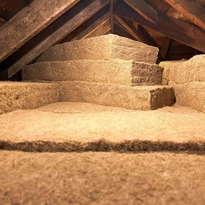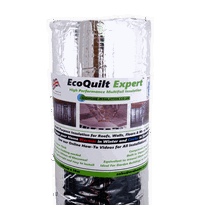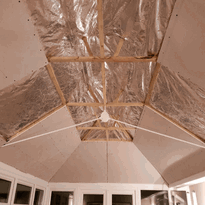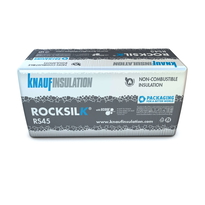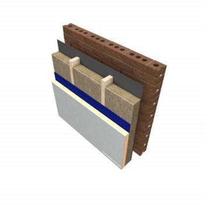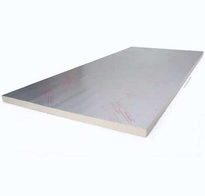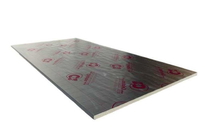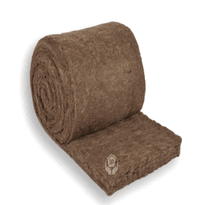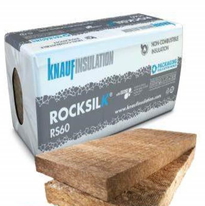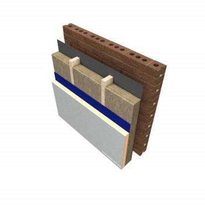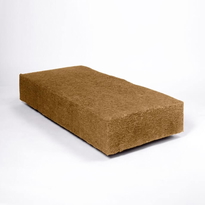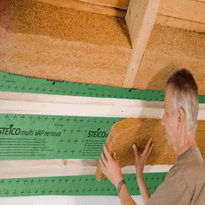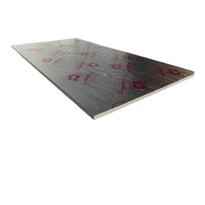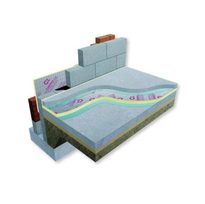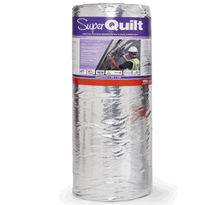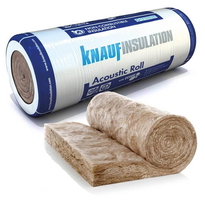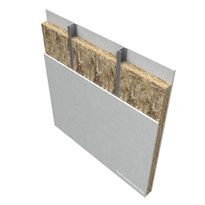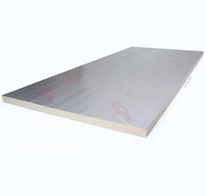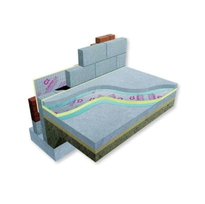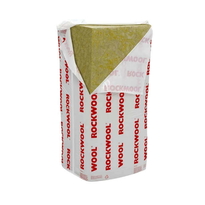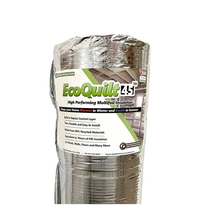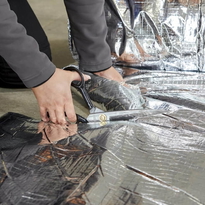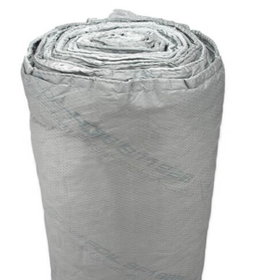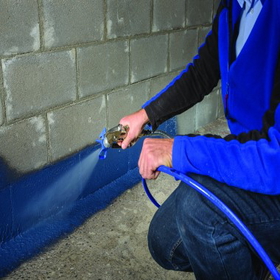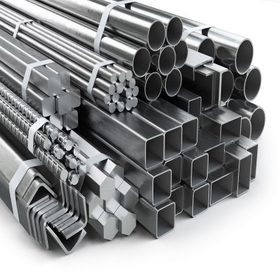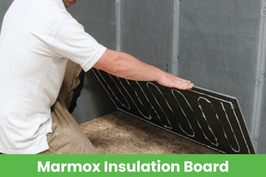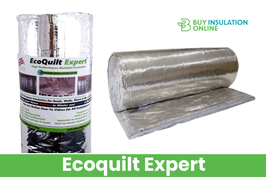Similar Categories
A Complete Guide to Internal Wall Insulation for UK Homes
Internal wall insulation is an effective way to improve energy efficiency, reduce heat loss, and lower heating bills for UK homeowners. For properties with solid brick or stone walls that lack cavity insulation, installing internal wall insulation can significantly enhance thermal performance without impacting the external appearance of the building.
Why Choose Internal Wall Insulation?
Solid walls can be insulated from the inside, providing an effective insulation solution for homes where external insulation is not feasible. By adding insulation to the interior wall, you can reduce heat loss, improve the comfort of your home, and cut down on energy bills. According to the Energy Saving Trust, internal wall insulation can reduce heating bills by up to 40%.
Types of Internal Wall Insulation
There are several insulation materials available for insulating internal walls, each offering different properties and benefits. The best internal wall insulation for your home will depend on your specific requirements and budget.
-
Rigid Insulation Boards
Rigid insulation boards, such as PIR insulation and Knauf products, are fixed directly to the wall using mechanical fixings or adhesive. This type of insulation provides excellent thermal performance and reduces cold bridging. -
Wool Insulation
Wool insulation, including materials like wood fibre and breathable insulation, is often used within stud walls. This type of insulation offers excellent sound insulation properties and can help prevent condensation on internal walls. -
Stud Wall Filled Insulation
Constructing a new stud wall and filling it with wool or rigid insulation materials is another common approach. This method allows for a higher level of insulation and can also improve soundproofing within the home.
Benefits of Internal Wall Insulation
-
Improve Energy Efficiency: Internal wall insulation helps retain heat, improving the overall energy efficiency of your home.
-
Reduce Heat Loss: By installing internal wall insulation, heat loss through solid brick or solid stone walls is minimized.
-
Lower Energy Bills: Proper insulation can lead to substantial savings on heating bills.
-
Comfort: Insulating interior walls creates a warmer, more comfortable living space.
-
Minimal External Impact: Unlike external insulation, internal wall insulation does not alter the appearance of the building's facade.
How to Install Internal Wall Insulation
Installing internal wall insulation involves applying a layer of insulation material to the inside of external walls. This can be achieved in several ways:
-
Fixing Rigid Insulation Boards
Rigid insulation boards are applied to the wall using adhesive or mechanical fixings. They are often finished with plasterboard for a smooth interior surface. -
Building a New Stud Wall
A wooden or metal stud wall is constructed inside the existing wall, and insulation materials like wood fibre or wool insulation are placed within the stud cavities. This method improves both thermal and sound insulation. -
Breathable Insulation
For older properties or solid stone walls, breathable insulation materials can be used to prevent moisture buildup and condensation on internal walls.
Key Considerations
-
Building Regulations: Ensure that your insulation project complies with UK building regulations regarding U-values and energy efficiency.
-
Condensation Control: Proper installation helps reduce condensation on internal walls, preventing mold and damp issues.
-
Space Reduction: Adding insulation to the interior of a home may slightly reduce the floor area.
-
Grants Available for Internal Wall Insulation: Homeowners may be eligible for grants or financial assistance to offset the cost of internal wall insulation.
Cost of Internal Wall Insulation
The cost of internal wall insulation varies depending on the type of insulation used, the size of the property, and the installation method. While initial costs may be significant, the long-term savings on energy bills make it a worthwhile investment.
Choosing the Right Insulation Material
The right insulation material will depend on factors such as the wall type, level of insulation required, and desired insulation properties. Materials like PIR insulation, wood fibre, and rigid insulation boards are popular choices.
Final Thoughts
Internal wall insulation is an excellent way to enhance the thermal performance of your home, reduce your heating bills, and improve overall comfort. By selecting the best internal wall insulation and ensuring correct installation, UK homeowners can enjoy a more energy-efficient and cost-effective living environment. For further advice or to explore insulation products, contact a professional installer today.
